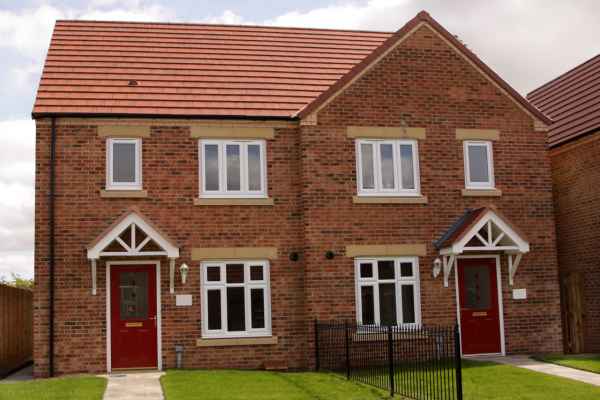Faulkner Surveyors South West England
If you’re carrying out building work on or near a shared boundary in South West England, you’ll likely need a Party Wall Agreement under the Party Wall etc. Act 1996.
This legal document formally sets out the rights and responsibilities of both property owners, helping to prevent disputes and ensure your project complies with legal requirements.

How Faulkner Party Wall Surveyors Can Help You in South WEST England
Party Wall Act
The Party Wall Act is a law that governs the rights and responsibilities of homeowners who share a boundary wall with their neighbours. This law protects both parties and ensures that any changes made to the wall do not negatively affect either side.
Party Wall Surveyors
Faulkner Party Wall Surveyors are experts in the Party Wall Act and can provide professional advice and guidance to homeowners in South West England. Our team comprises highly trained and experienced surveyors who understand the delicate intricacies of party wall matters.
Can My Neighbour Attach Things to My Boundary Wall?
The short answer is yes, but only if they follow the rules laid out in the Party Wall Act. If your neighbour wishes to attach anything to your boundary wall, they must first serve you with a notice under the Party Wall Act. This notice must include details of what they plan to attach, how it will be attached, and when the work will take place.
Protection for Homeowners
Faulkner Party Wall Surveyors can help homeowners in South West England understand their rights and ensure that their neighbour follows the proper procedures before making any changes to their party wall. We can review the notice and advise you on any concerns or objections you may have. If necessary, we can even act as an impartial surveyor in disputes between neighbors.
Faulkner Surveyors Can Help
The team at Faulkner Party Wall Surveyors understands the complexities of party wall matters and can help homeowners in South West England protect their rights and their property. If you have concerns about your party wall, contact us today – we’re here to help.
